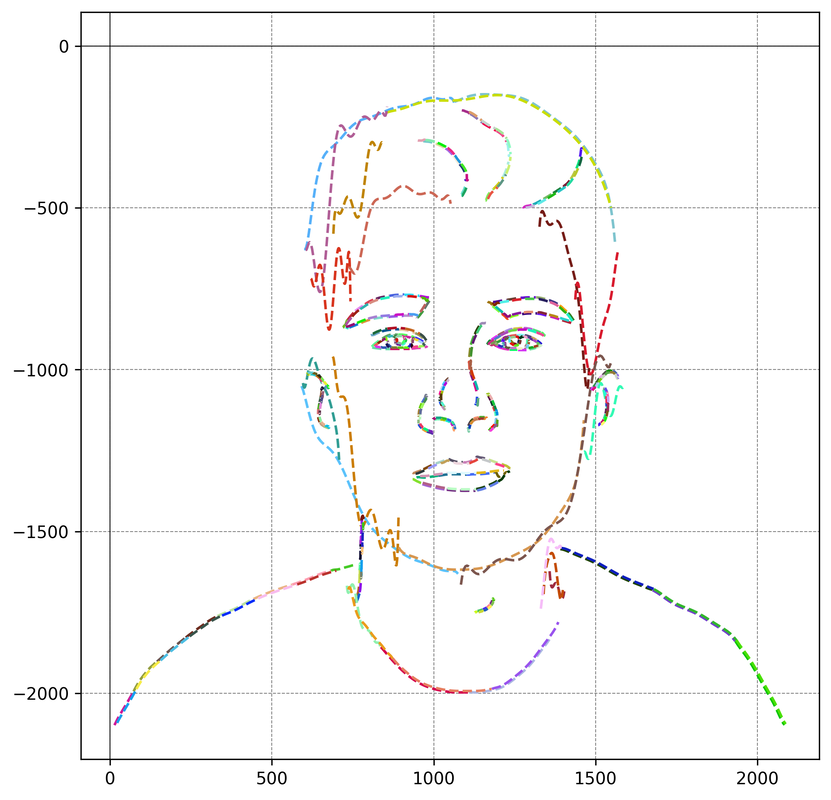About me
I am a middle school dropout that started college at 13-years-old to study math and computer science. I graduated from Stetson University in 2020 with a BS in mathematics and a minor in computer science. Along the way, I got involved in hackathons, math competitions, and even led some classes and workshops.
Now, I work with Python, SQL, and Tableau to dig into data, build financial models, and find insights that make an impact. Whether it’s pricing cryptocurrency options or forecasting financial trends, I enjoy applying math and programming to real-world challenges.
Outside of work, I spend time volunteering at an animal shelter, collecting Rubik’s Cubes, and making music.
Now, I work with Python, SQL, and Tableau to dig into data, build financial models, and find insights that make an impact. Whether it’s pricing cryptocurrency options or forecasting financial trends, I enjoy applying math and programming to real-world challenges.
Outside of work, I spend time volunteering at an animal shelter, collecting Rubik’s Cubes, and making music.
Featured Project
Cryptocurrency Options Pricing: Black-Scholes vs Heston Model
This project explores the pricing of cryptocurrency options using two major financial models: the Black-Scholes Model and the Heston Stochastic Volatility Model. Traditional markets rely heavily on the Black-Scholes model, which assumes constant volatility. However, the extreme price swings of cryptocurrencies often make this assumption unrealistic. The Heston model accounts for stochastic volatility, potentially offering a more accurate valuation of crypto options.
Using real-world options data from Deribit, this project fetches historical option prices and computes theoretical values using both models. The visualization above compares these computed prices with actual market prices, helping to evaluate which model provides a better fit.
The results show that while Black-Scholes works well in stable market conditions, the Heston model better captures the dynamic volatility of crypto assets. This analysis is particularly useful for traders and researchers seeking to refine pricing strategies in highly volatile markets.
See my repository on GitHub!
Using real-world options data from Deribit, this project fetches historical option prices and computes theoretical values using both models. The visualization above compares these computed prices with actual market prices, helping to evaluate which model provides a better fit.
The results show that while Black-Scholes works well in stable market conditions, the Heston model better captures the dynamic volatility of crypto assets. This analysis is particularly useful for traders and researchers seeking to refine pricing strategies in highly volatile markets.
See my repository on GitHub!
My Math Blog
Recent posts...


